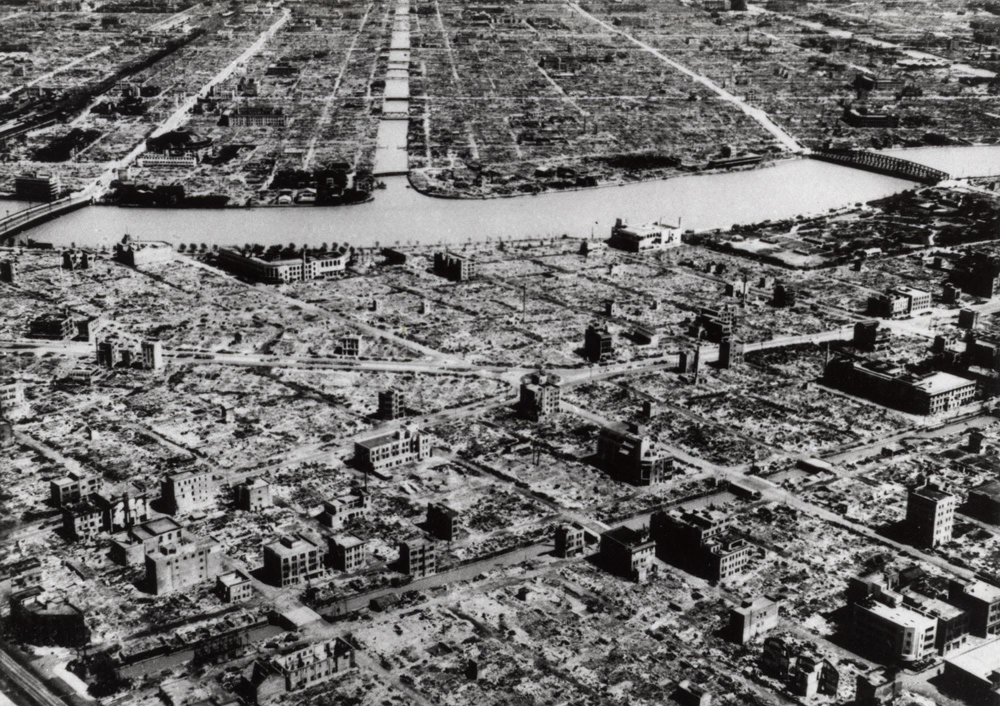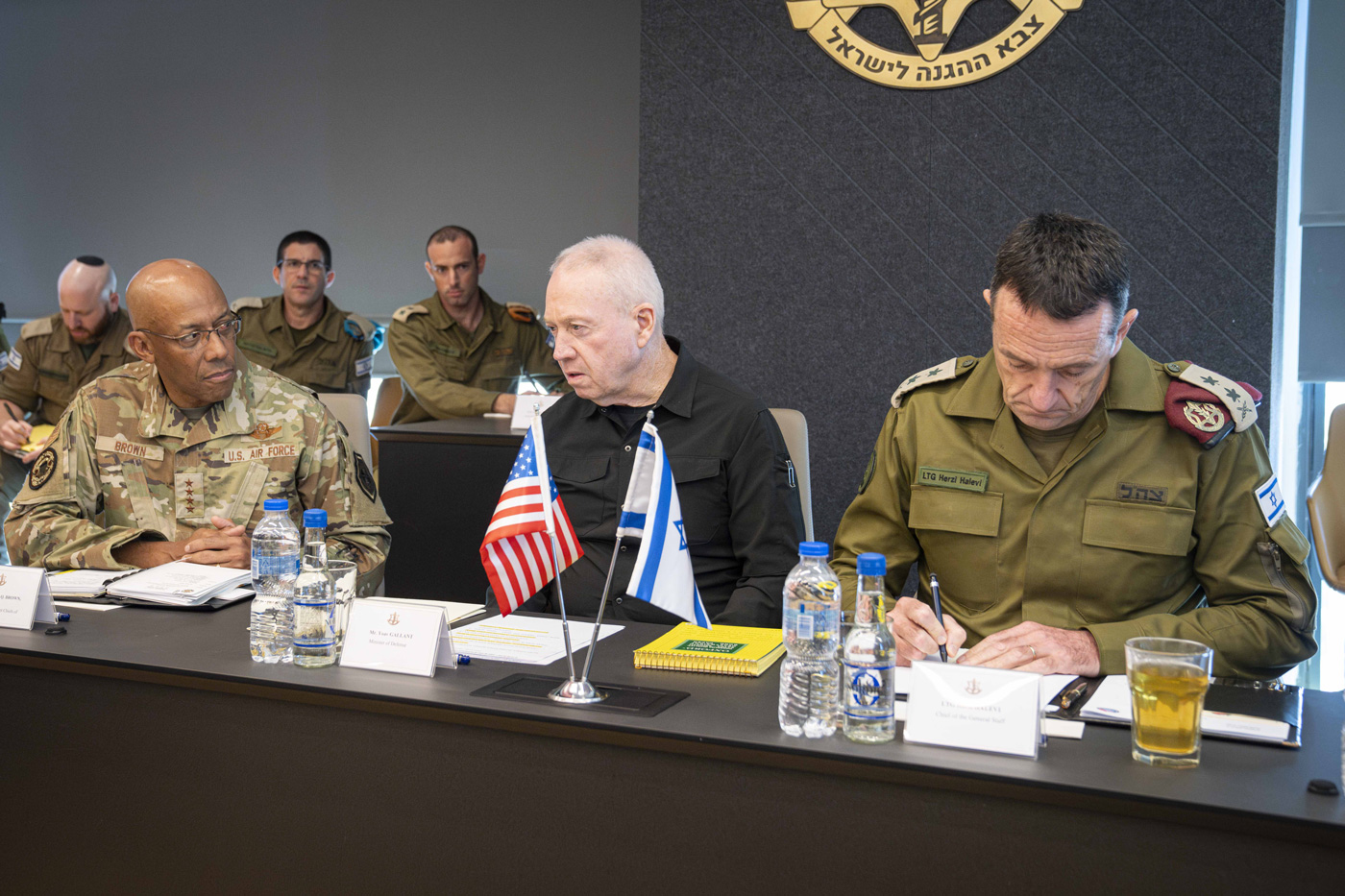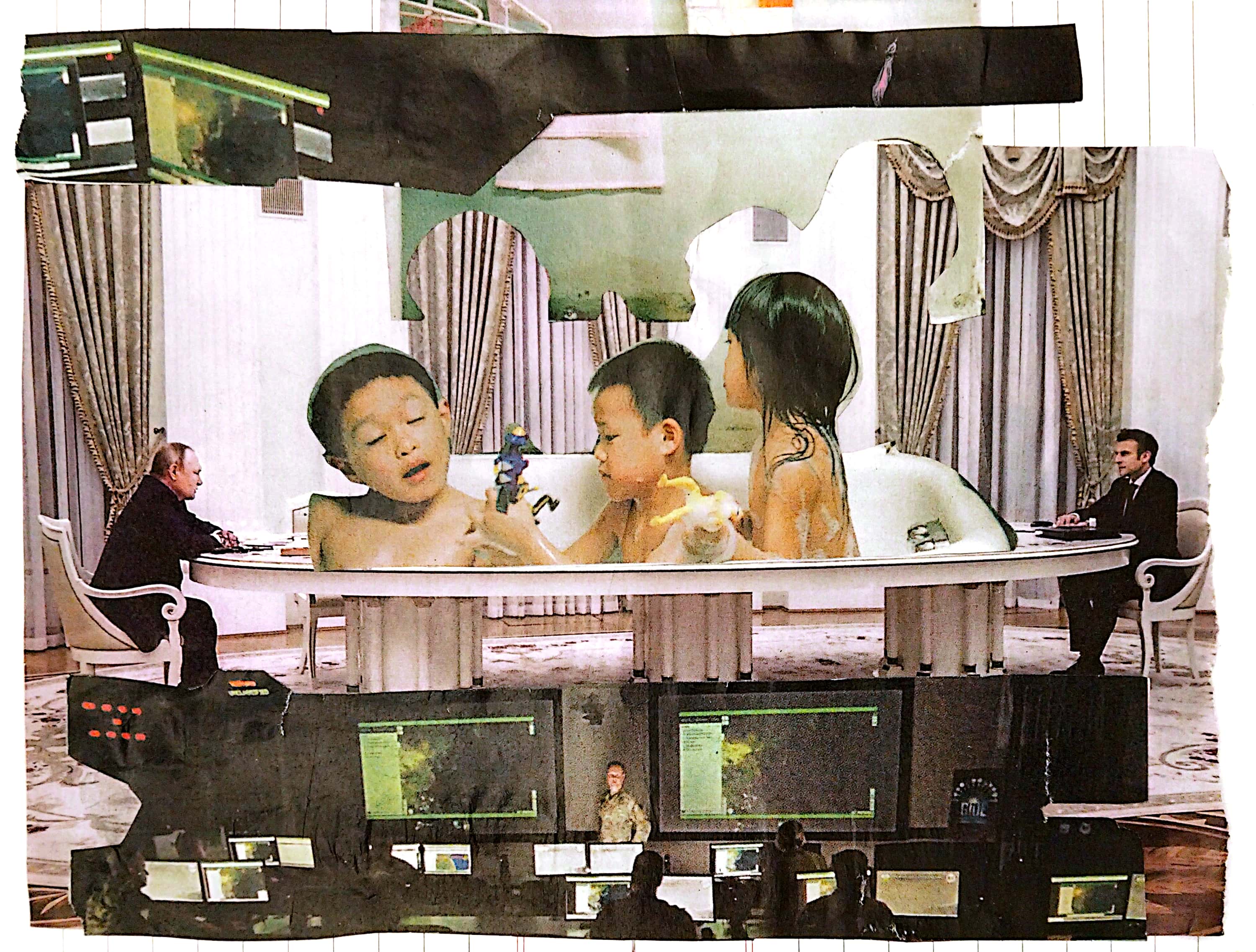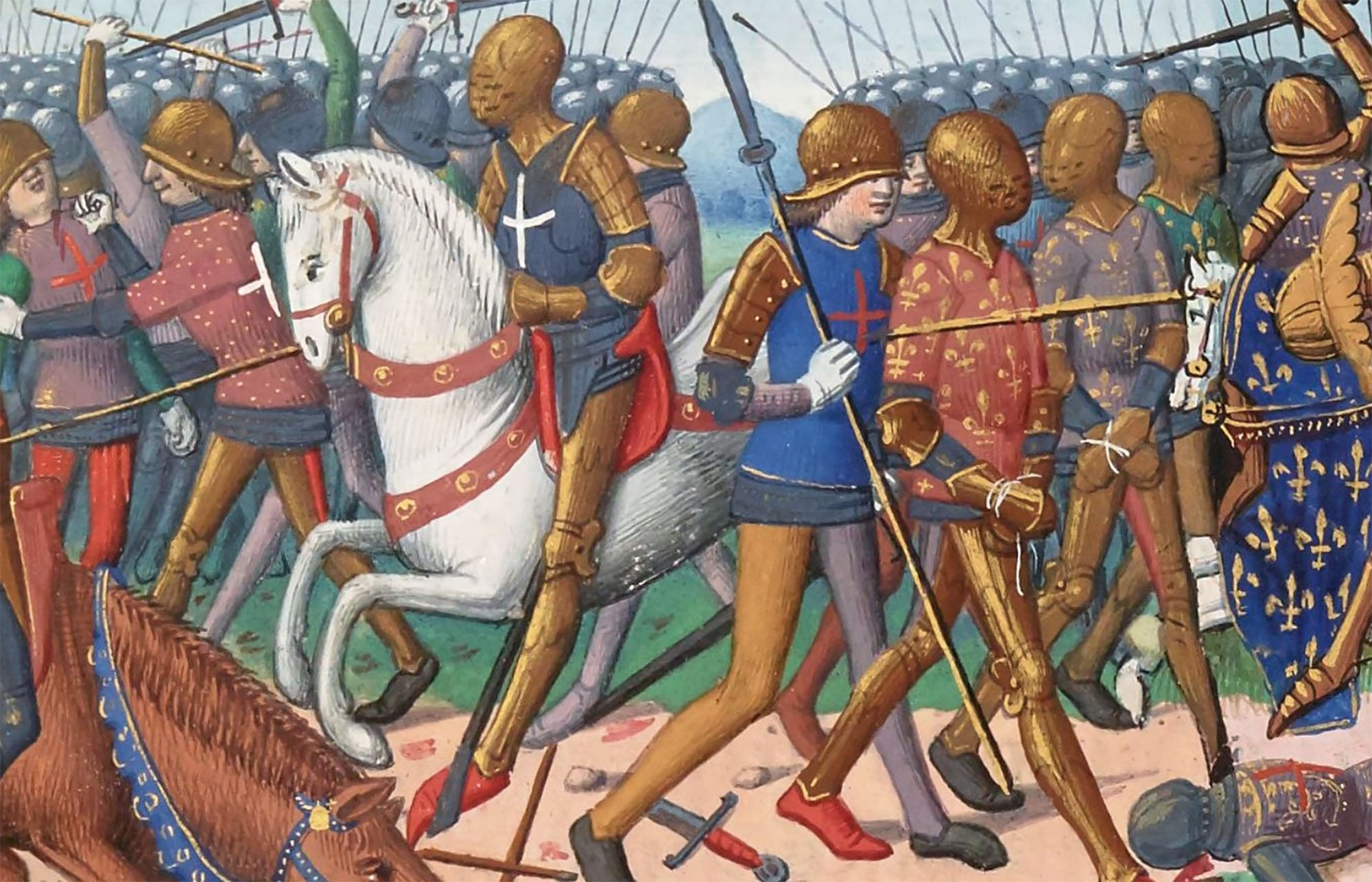Tokyo, in the shadow of the atomic bomb
- Born 6 August 1945. The United States Army launched an atomic bomb in the city of Japan, where it was arrested. Three days later another bomb was thrown at Nagasaki. Harry S. The President of the United States, Truman, justified the attack with a halfway sentence: accelerating the end of the war and saving many more lives in exchange for the deaths of Hiroshiman and Nagasaki. But under the shadow of these excuses and the gigantic fungi of atomic bombs, the deadliest bombardment of all time was confused.

It happened in Tokyo a few months earlier, in the early morning from 9 to 10 March 1945. The 334 B-29 in the United States dropped 1,665 tons of incendiary bombs. These pumps, made up of white phosphorus and napalm, caused the trembling expected by the assailants, as wood and paper are the main traditional Japanese construction materials to cope with earthquakes. 41 square kilometers were incinerated, more than 260,000 homes were destroyed and at least 105,400 people died – in Hiroshima and Nagasaki, respectively, 80,000 and 74,000 people were killed by the bombs at the time of the attack, even though radiation subsequently caused many more victims. And for most experts, the actual number of victims was much higher, because the two sides were interested in destroying numbers: the Americans wanted to minimize the massacre and the Japanese didn't want to accept their weakness.
Robert S. McNamara was then the U.S. Defense Minister and therefore the intellectual head of the Tokyo bombing. Before he died, he apologized for the attack, but he still tried to justify what he had done, with the well-known phrase “in order to do good you have to sometimes engage in evil”, which sometimes has to behave badly to do good. General Curtis LeMay, who was responsible for the attack, spoke more clearly: “If we had lost him, I would be a war criminal.”
The Tokyo massacre therefore puts an end to the justification that Truman used months later, especially given that Nagasaki again bombed Tokyo on the eve and the following day, on 8 and 10 August.
According to Mark Selden, an expert in East Asia, Japan was already exploring the surrender route before the atomic bomb and was seeking mediation from the Soviet Union. However, the United States did not want the Soviets to put their hand in the Pacific, but, above all, encouraged them to use atomic weapons and to close that path.
In addition, Selden has as its precedent the atomic and non-atomic attacks on Japan: "That was the beginning of a very American way of making war: bombing civilians and then denying them," he added.
“The time has come for courageous, comprehensive and noble proposals (…) for Euskal Herria to re-enter the world’s revolts,” said friend Hartu López Arana in her opinion article “For an effective aggression” published in ARGIA magazine in July 2018. Six years have... [+]
Japan, 6 and 9 August 1945, the United States launched an atomic bomb causing tens of thousands of deaths in Hiroshima and Nagasaki; although there are no precise figures, the most cautious estimates indicate that at least 210,000 people died at the end of that year. But in... [+]
The nuclear winter theory Paul J. It was the result of an investigation published in 1982 by Crutzen and John Birks. According to this study, "nuclear explosions and subsequent fires would release large amounts of soot, dust and ash into the atmosphere, causing a notable... [+]
On this rainy Sunday, we are responsible for the fate of people living in disquiet at the various conflicts that exist in the world. By far, it seems that we cannot be freed from the hands of many rulers acting towards power. Many human beings live in the world with the... [+]
The following infographic is based on the report number 55 of the Delàs Peace Research Center of Catalonia, published in October 2022. In the report, Xavier Bohigas, Pere Brunet, Teresa de Fortuny, Anna Montull García and Pere Ortega analysed in depth the links between... [+]
When I was a kid, it was customary at home to park what we were doing at eight o'clock in the afternoon, assemble the TV and watch the ETB1 news. At first, I was very irritated by those unjust changes in the night chain, and I was asking my parents how it was possible that, being... [+]
In the fall of 1415 the battle of Agrincourt erupted between England and France, one of the most decisive wars of the Hundred Years War. To this end, when Henry V, king of England and lord of Ireland, decided to send his army to France that summer, the soldiers landed on the... [+]
In the 1980s, the young Basques sang “si vis pacem, para bellum”. If you want peace, get ready for war, we screamed in Latin, without understanding very well the meaning of the phrase.
At that time, the Basque conflict was in the vortex and the world lived in the last years... [+]
Genocide is unfortunately a fashionable word. According to Rafael Lemkin’s definition in 1946, genocide is defined as “actions aimed at the total or partial destruction of a national, ethnic, racial or religious group.” These actions may include “killing the members of... [+]





















